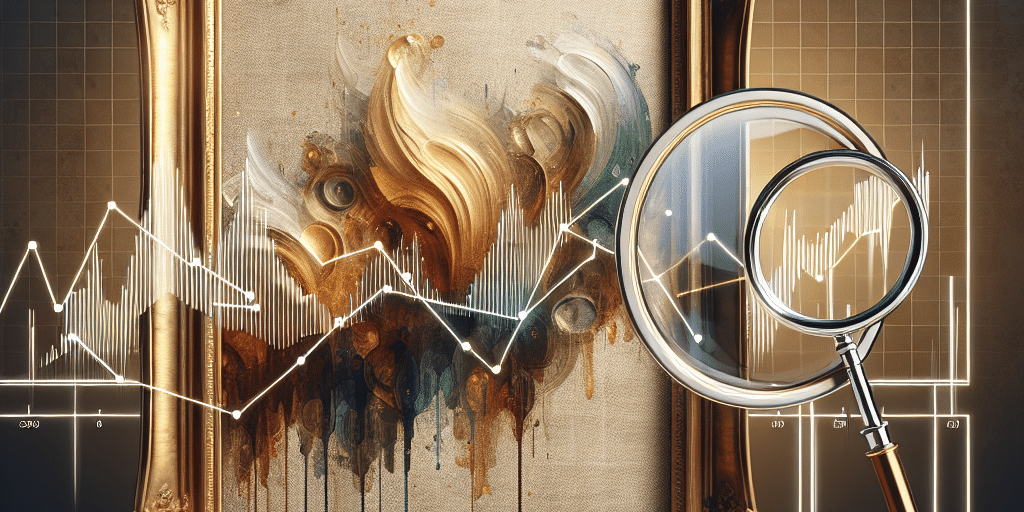Art as an Asset: Strategies for Investing Wisely
In the evolving world of investment opportunities, art is proving to be a cherished asset that combines aesthetic pleasure with significant financial potential. Investing in art provides both tangible beauty and diversification to an investment portfolio, making it an attractive option for many. However, just like any investment venture, it comes with its own set of risks and challenges. Here are some strategies to consider for investing wisely in art.
1. Educate Yourself Thoroughly
Before investing in art, gaining a substantial understanding of the art market is crucial. This includes familiarizing yourself with different art movements, artists, genres, and the historical context of the pieces you’re interested in. Taking courses, attending art fairs, visiting museums, and engaging with art communities can provide valuable insights. Additionally, reading extensively on art investment strategies, market trends, and artist biographies can further deepen your knowledge and help you make informed decisions.
2. Diversification Within the Art Market
Just like with stocks and other financial assets, diversification is key when investing in art. Instead of putting all your money into works by a single artist or movement, consider spreading your investments across different periods, styles, and artists. This reduces risk and increases the likelihood that some of your pieces will appreciate in value, even if others do not.
3. Establish a Budget
Investing in art doesn’t have to mean spending millions. Establish a clear budget that aligns with your financial goals and stick to it. Remember to factor in additional costs such as insurance, maintenance, storage, and transaction fees. Sticking to a budget ensures that you make thoughtful, calculated purchases rather than impulsive buys.
4. Buy What You Love
While profit potential is important, it’s equally vital to buy art that you personally enjoy and connect with. Art is unique among investment classes in that it can provide immense personal satisfaction and emotional enrichment. Should the market fluctuate, the intrinsic value of owning a cherished piece can offer significant consolation.
5. Leverage the Expertise of Art Consultants
Art consultants and advisors can provide invaluable assistance to both novice and experienced collectors. They offer expert advice on the authenticity, provenance, and value of artworks, and can help navigate the complexities of the art market. Engaging a consultant may involve additional costs, but it can greatly enhance the quality and security of your investment choices.
6. Verify Authenticity and Provenance
Verifying the authenticity and provenance of a piece is critical. Provenance refers to the history of ownership of a piece of art. This can not only confirm an artwork’s authenticity but also affect its value. Thorough investigation through documentation, expert analysis, and due diligence is necessary to avoid forgeries and ensure you are making a genuine investment.
7. Monitor Market Trends
Keeping an eye on market trends, artist trajectories, auction results, and overall market sentiment can provide valuable insights. Utilize resources such as art market reports, auction house catalogs, and online databases to stay informed about the latest developments. This data can help you identify the best times to buy or sell.
8. Consider Multiple Investment Horizons
Define your investment horizon clearly. Whether you’re looking for short-term gains through flipping contemporary works or seeking long-term appreciation through acquiring classical pieces, understanding your time frame can guide your investment strategy. Art investments often require patience, as some pieces may take years or even decades to achieve significant appreciation.
9. Regularly Evaluate and Insure Your Collection
Regularly appraise and insure your art collection to keep track of its growing value and protect against potential damages or losses. Insurance policies should be comprehensive, covering a range of risks like theft, fire, and accidental damage.
10. Network within the Art Community
Networking with artists, gallery owners, fellow collectors, and art enthusiasts can provide invaluable market insights and opportunities. Building relationships within the art community can facilitate access to exclusive sales, insider information, and collaborative investment options.
Conclusion
Art as an asset class can offer unique rewards, blending financial gain with cultural and personal enrichment. However, successful art investment requires diligent research, strategic planning, and a passion for the art itself. By employing these strategies, investors can navigate the art market more confidently and optimize their chances of making wise, rewarding investments in the world of fine art.







